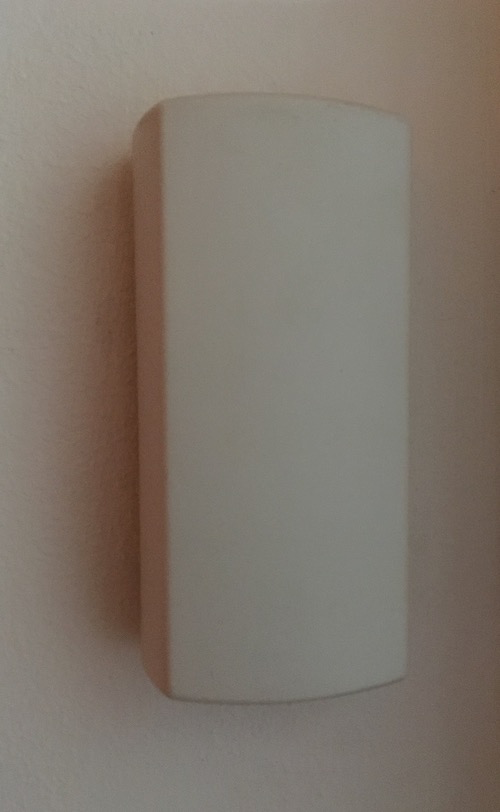I live in a rented apartment, and there is this little plastic box on the wall that I had been ignoring. Here is what it looks like:
There are no markings or holes on the casing. I got curious and opened it up, and was surprised to find a small PCB inside:
Since it's about halfway up the wall, I was thinking it could be a carbon monoxide detector, but those are usually pretty identifiable or at least have some holes on the side. I was also thinking it could be a wireless doorbell, but we don't have one of those, nor do I see any evidence that there was one here previously. Any ideas?


